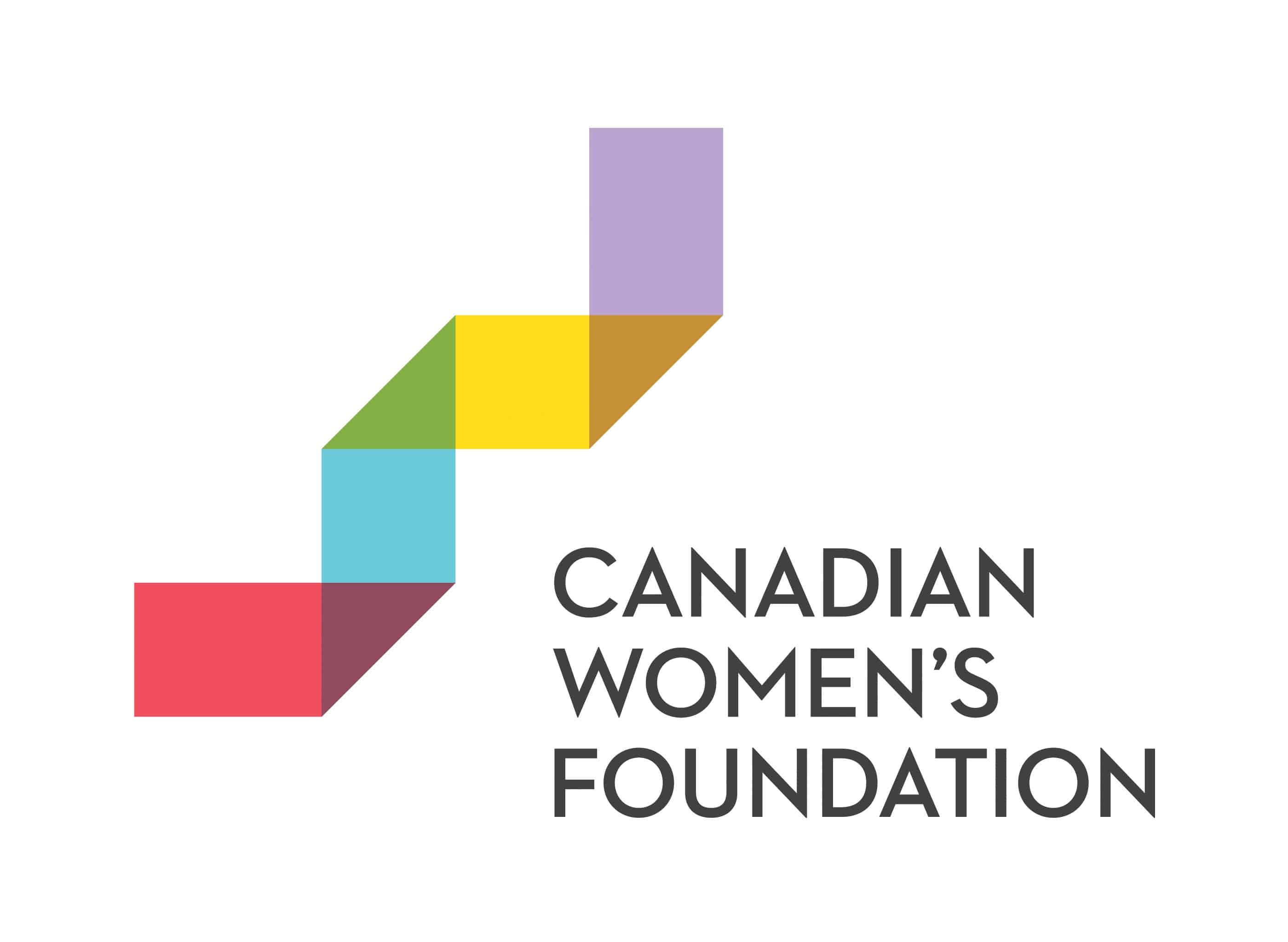.jpg)
But with about 30% of the year remaining, it’s also a date to mark a disturbing inequality. For women, this marks “Now You’re Working for Free Day.”
On average, women face a gender pay gap of 30%. The impact of that gap is as if women continued to work from now – mid-September – to the end of the year with no pay at all while men received their full pay. Every year. For their whole career.
While sex discrimination in pay has been prohibited by law for decades, it persists. The gender pay gap remains a human rights crisis that impoverishes women across Canada.
Yet, there are concrete solutions – often quite simple ones – if there is the political will to make the right to equality at work real in practice.
The gender pay gap is real. And it is everywhere.
Whether measured by hourly, weekly or annual pay; by full-time, part-time or annual earnings; by identical work, similar work, or work of similar value — women workers are routinely paid less than men.
Average annual earnings are the most meaningful measure of the gap because they encapsulate all the drivers of inequality and accurately demonstrate women’s relative poverty to men.
According to Census and Statistics Canada Canadian Income Statistics data on average annual earnings: Indigenous women face a 57% gender pay gap, women with disabilities face a 46% gap, immigrant women face a 39% gap and racialized women face a 32% gap.
On average, Ontario women face a gender pay gap of 30%. Over a 45-year career, that is the equivalent of working 13 years without any pay at all.
A gender pay gap hits women at every age cohort, every educational level, and at every income level. Recent studies of Canadian university graduates reveal that from their very first jobs women are paid less than their male classmates who graduate from the same program, in the same year and seek jobs in the same field.
The pay gap exists in every sector of the economy. Of the 500 occupations tracked by Statistics Canada, women are paid less than men in 469.
A 2016 study prepared for Ontario’s Ministry of Labour by Deloitte LLP calculated that, in Ontario alone, the gender wage gap represents $18 billion in “foregone income” each year. As Ontario’s Gender Wage Gap Steering Committee highlighted, that $18 billion in missing wages equals 2.5% of the province’s annual GDP. That’s as large as Ontario’s motor vehicle and auto parts industries combined.
Sex discrimination in pay has been against the law for decades. It is prohibited under the Human Rights Code, the Employment Standards Act and the Pay Equity Act. But non-compliance remains widespread, particularly in the private sector and in non-unionized workplaces.
So what are we going to do about it?
Often the response to demands to close the gender pay gap is that “it’s too complicated”.
It’s not.
While systemic sex discrimination operates in various ways to impoverish women, the policy tools exist to address each of those discriminatory drivers of the pay gap.
This column – Closing the Gender Pay Gap – launches a series of intermittent posts that demystify the gender pay gap and identify solutions to advance women’s economic equality.
Right now, Ontario’s Bill 148 puts forward an equal pay initiative that, if done right, could make a real difference for women.
The premise is simple: if workers are doing the same work, they should get the same pay.
This bedrock principle has been enshrined in the Employment Standards Act (ESA) since 1968. But it has afforded limited protection in practice. While some 16,000 ESA claims are filed each year in Ontario, between 2008 and 2016, only 100 equal pay claims were filed and only 20 were successful.
The problem is that the law requires that jobs be “substantially the same.” Employers have adapted by creating insignificant differences between men’s and women’s jobs, or different job titles, that are then used to justify significant disparities in pay. And the law currently allows many exceptions to the same work/same pay principle. For example, even when work is substantially the same, differences in pay have been permitted for “any other factor other than sex.”
This has encouraged the adoption of low-wage business strategies that pay part-time, seasonal, casual and temporary agency workers significantly less – sometimes as much as 50% less – than the full-time workers working alongside them doing the same job. It encourages the proliferation of precarious, low-paid work as a way to drive down the cost of business, even while profits increase.
Women generally – but particularly women of colour – predominate in these most precarious, low-paid forms of work and so they bear the brunt of this pay inequality. Unequal pay for precarious work is a significant driver of the gender pay gap.
Bill 148 takes an important step in the right direction by extending the same work/same pay principle so that part-time workers, workers with temporary, seasonal or casual status, and workers employed through temporary help agencies, must be paid the same as full-time and directly-hired employees who are doing substantially the same work.
This important reform directly targets the incentive to create precarious low-paid work. It could be a significant breakthrough for women workers and especially so for Indigenous, racialized, immigrant, younger women and women with disabilities who predominate in precarious part-time, temporary, seasonal, casual and temporary help agency work.
In demanding equality, the impact Bill 148 could have on these women’s lives is the difference between night and day.
But to meet this promise, the government must ensure that the provisions are drafted to ensure similar work is in fact paid the same, to close the loopholes that have allowed employers to perpetuate unequal pay, and to close the exceptions to compliance. Without this, a promising initiative could very well founder on the known short-comings of the existing language.
At the time of writing, Bill 148 is heading to Second Reading and a second round of amendments. The Equal Pay Coalition has made submissions that provide a road map for how to make this reform effective.
It is well past time for equality, it’s time for action.
Learn More:
- Three Reasons Equal Pay Day Matters to All Canadians
- Why Is It So Hard to Close the Gender Wage Gap?
- You Cannot Reduce Poverty if Women Can’t Work
Take Action:
- Sign up for our e-newsletter to have our latest stories and resources sent to your inbox.
- Follow us on Facebook and Twitter to join a national conversation about gender equality.







[…] Closing the Gender Pay Gap: Canada’s Pay Gap Means Women Effectively Work for Free for the Rest of… […]